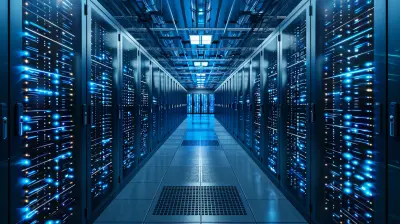How AI is Revolutionizing Cybersecurity Defenses
30 July 2025
The digital world we live in is both a blessing and a curse. On one hand, we can do just about anything online—shop, work, bank, socialize. On the other hand, every second spent online opens up a new doorway for cybercriminals to sneak in. With data breaches, ransomware, and phishing attacks on the rise, cybersecurity has become more important than ever. But here's the good news: Artificial Intelligence (AI) is stepping in as the superhero we didn’t know we needed.
AI isn't just a buzzword anymore—it’s a game-changer, especially when it comes to cybersecurity. Let's break down how AI is revolutionizing cybersecurity defenses, and why it's no longer just “nice-to-have” but absolutely essential in today’s threat landscape.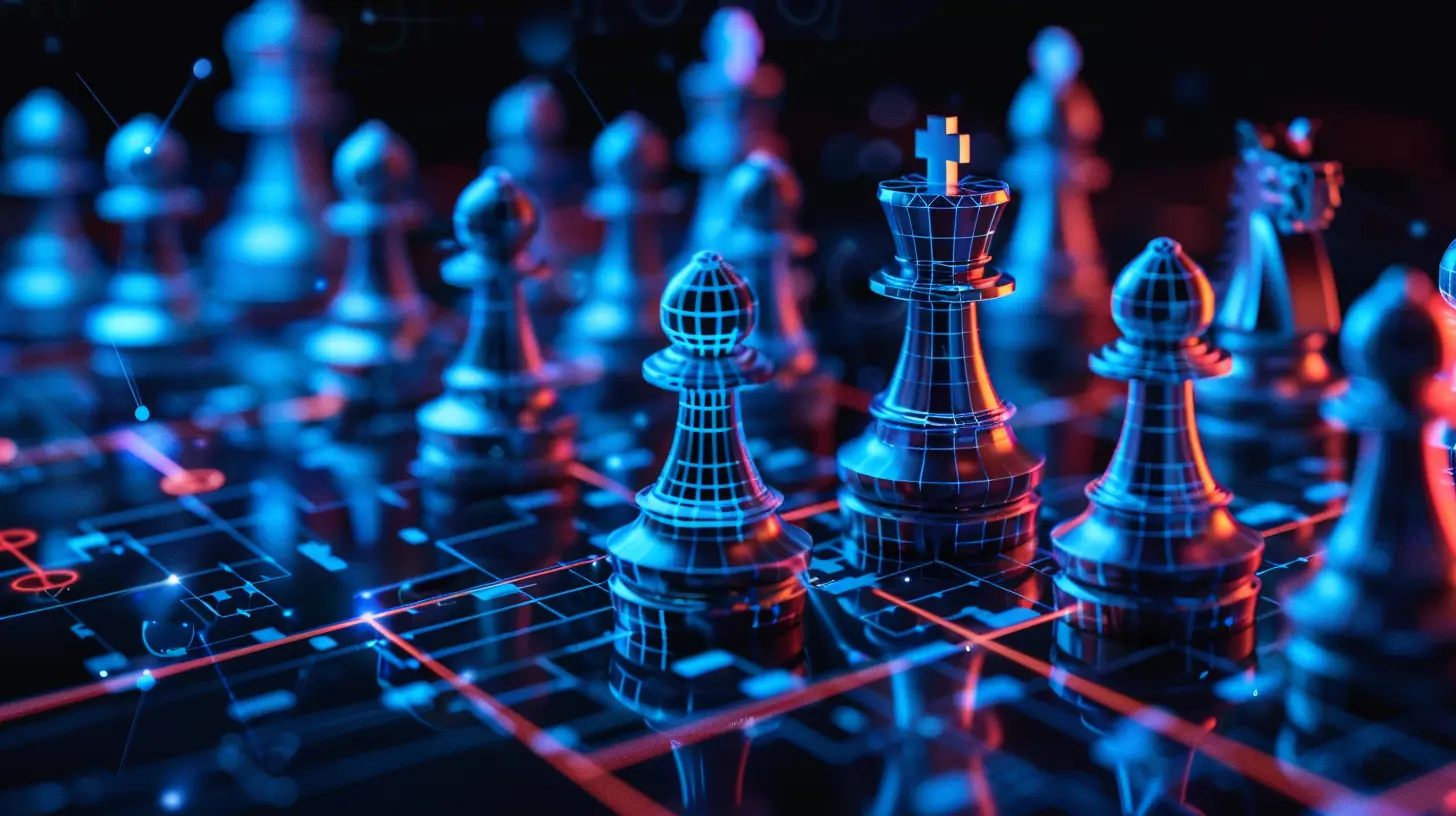
The Evolution of Cybersecurity: From Manual to Machine Learning
Not too long ago, cybersecurity was all about manually searching for threats and patching systems. Basically, IT guys would sit at their desks, monitor logs, and wait for alerts. But guess what? Cyber attackers got smarter, faster, and more sophisticated. Manual methods just couldn’t keep up.That’s where AI comes into play. With its ability to learn from data, recognize patterns, and make decisions in real-time, AI flips the game. It's like moving from candlelight to LED—brighter, faster, and way more efficient.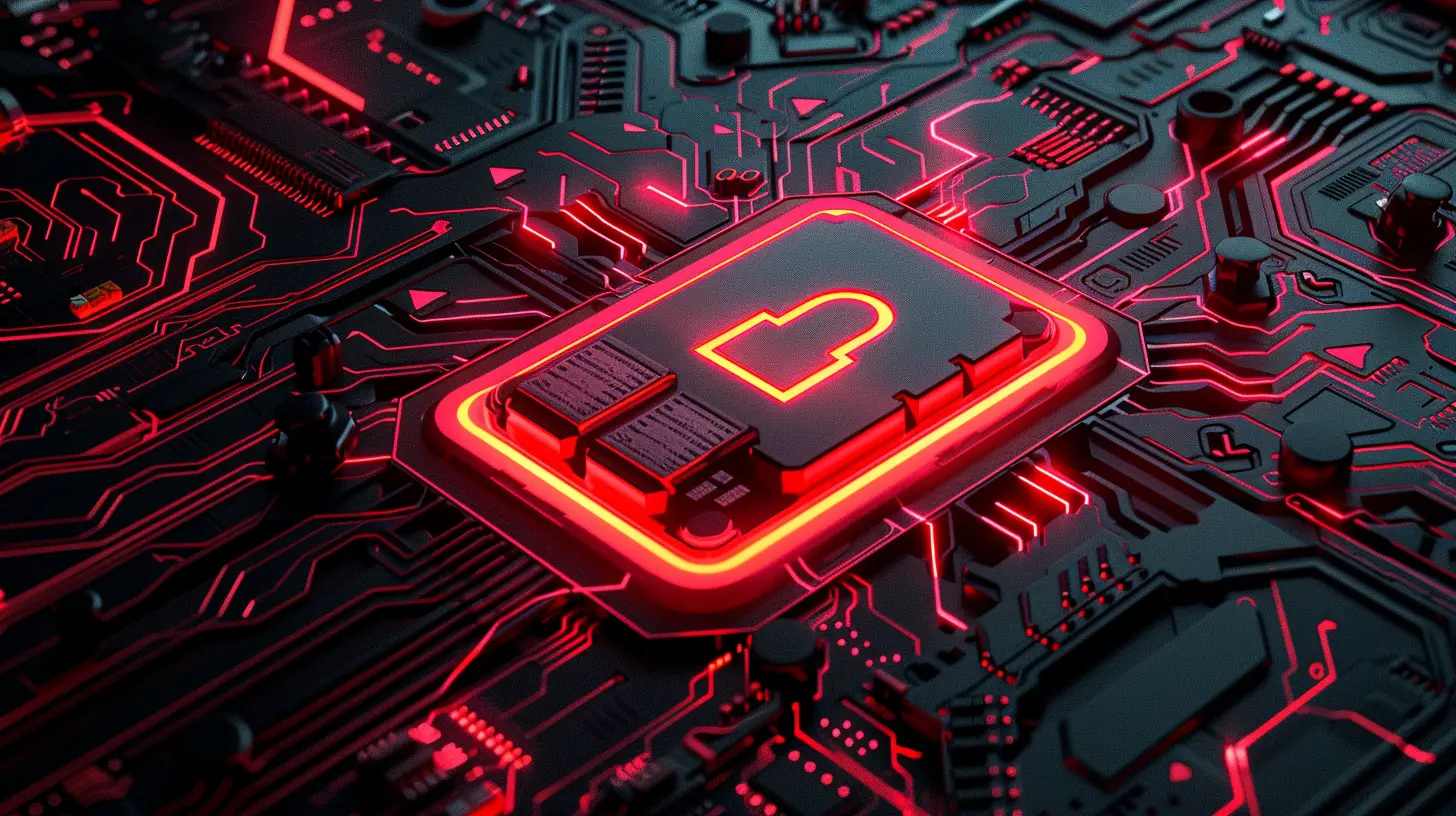
What Makes AI and Cybersecurity Such a Perfect Match?
So, what is it about AI that makes it such a great fit for cybersecurity? Let’s simplify it.AI thrives on data—and cybersecurity has tons of it. Every login, file download, email, and click generates data. AI uses machine learning algorithms to analyze this flood of information, detect irregularities, and predict potential threats before they cause any damage. Sounds like sci-fi? It’s not. It’s happening right now.
Picture this: AI is the guard dog that never sleeps, constantly sniffing out threats—even the sneaky ones that humans might miss.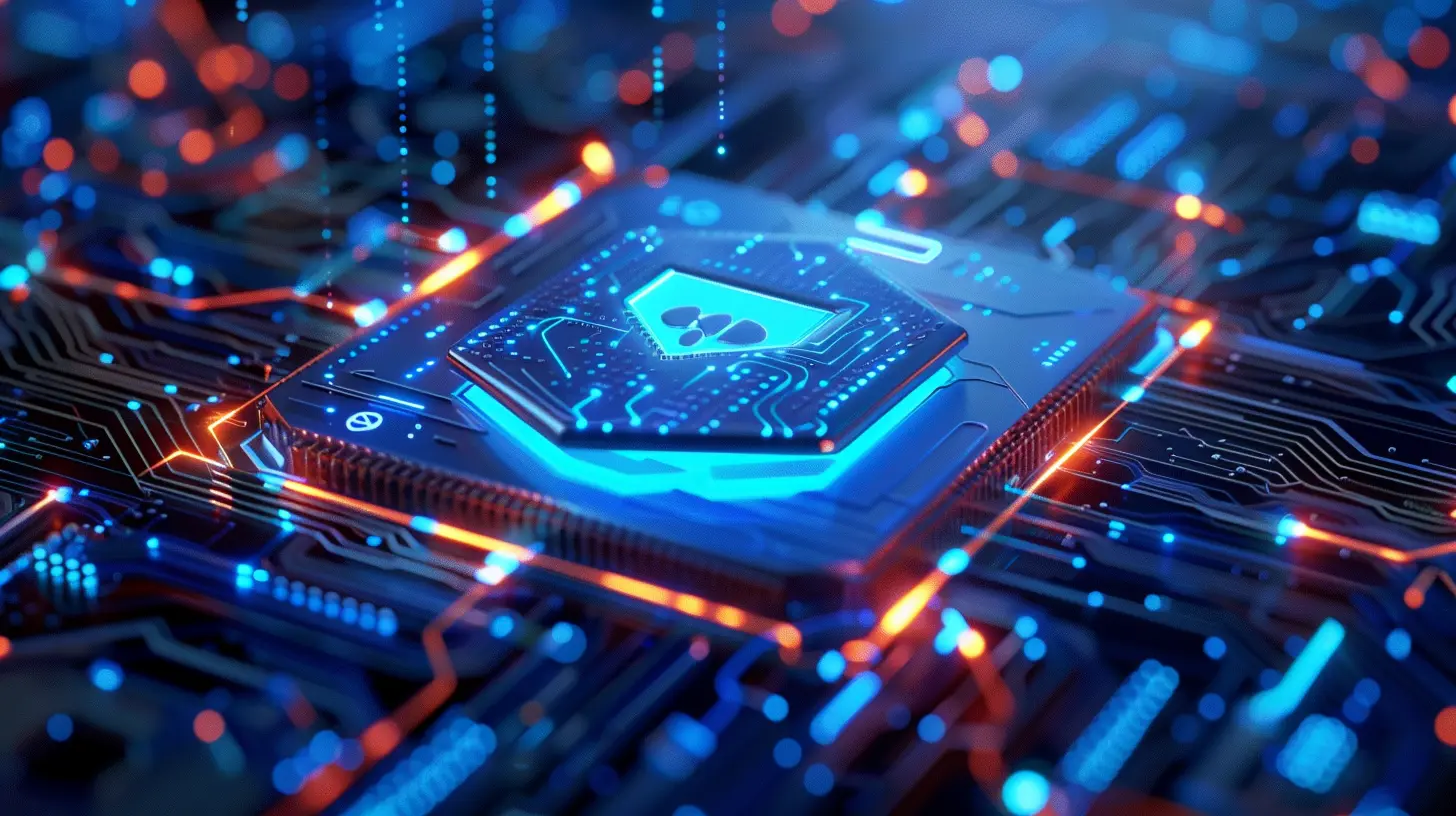
Key Areas Where AI Is Making a Huge Impact on Cybersecurity
1. Threat Detection and Prevention
Traditional security systems use a rule-based model: “If this happens, then do that.” But with cyberattacks evolving so fast, those rules go outdated pretty quickly.AI, on the other hand, adapts. It learns what normal behavior looks like on your network and flags anything that seems off. Whether it’s a user logging in from an impossible location or a spike in data transfers, AI spots the red flags in real-time.
Machine learning models can detect zero-day attacks—that is, threats that exploit unknown vulnerabilities. While traditional systems might miss these, AI can catch the odd behavior and raise the alarm.
2. Automated Incident Response
When a breach happens, time is everything. The longer it takes to respond, the worse the damage. AI helps by automating incident response. It can block suspicious IPs, isolate infected devices from the network, and even roll back changes—often within seconds.Think of AI like a digital firefighter that jumps into action the second it sees smoke, often before you even realize there’s a fire.
3. Email Security and Phishing Detection
Phishing attacks are the oldest trick in the book—and they’re still wildly effective. Why? Because they prey on human error.AI scans emails for suspicious links, strange sender addresses, or abnormal wording. It can even analyze writing patterns to flag whether the email is truly from your CEO or just pretending to be. No more falling for “urgent” wire transfer requests from “the boss.”
4. Behavioral Analytics
AI can build a profile of typical user behavior over time. So, if a staff member usually logs in from New York at 9 AM and suddenly logs in from Russia at 3 AM, AI notices—and reacts.This kind of behavioral analysis is super powerful because it focuses on what’s happening, not just what should happen.
5. Vulnerability Management
Security teams often face the daunting task of patching thousands of systems. Not every vulnerability can (or should) be fixed at once. AI helps prioritize vulnerabilities based on risk levels, system importance, and threat context.This way, teams focus on what really matters, instead of trying to fix everything and ending up fixing nothing.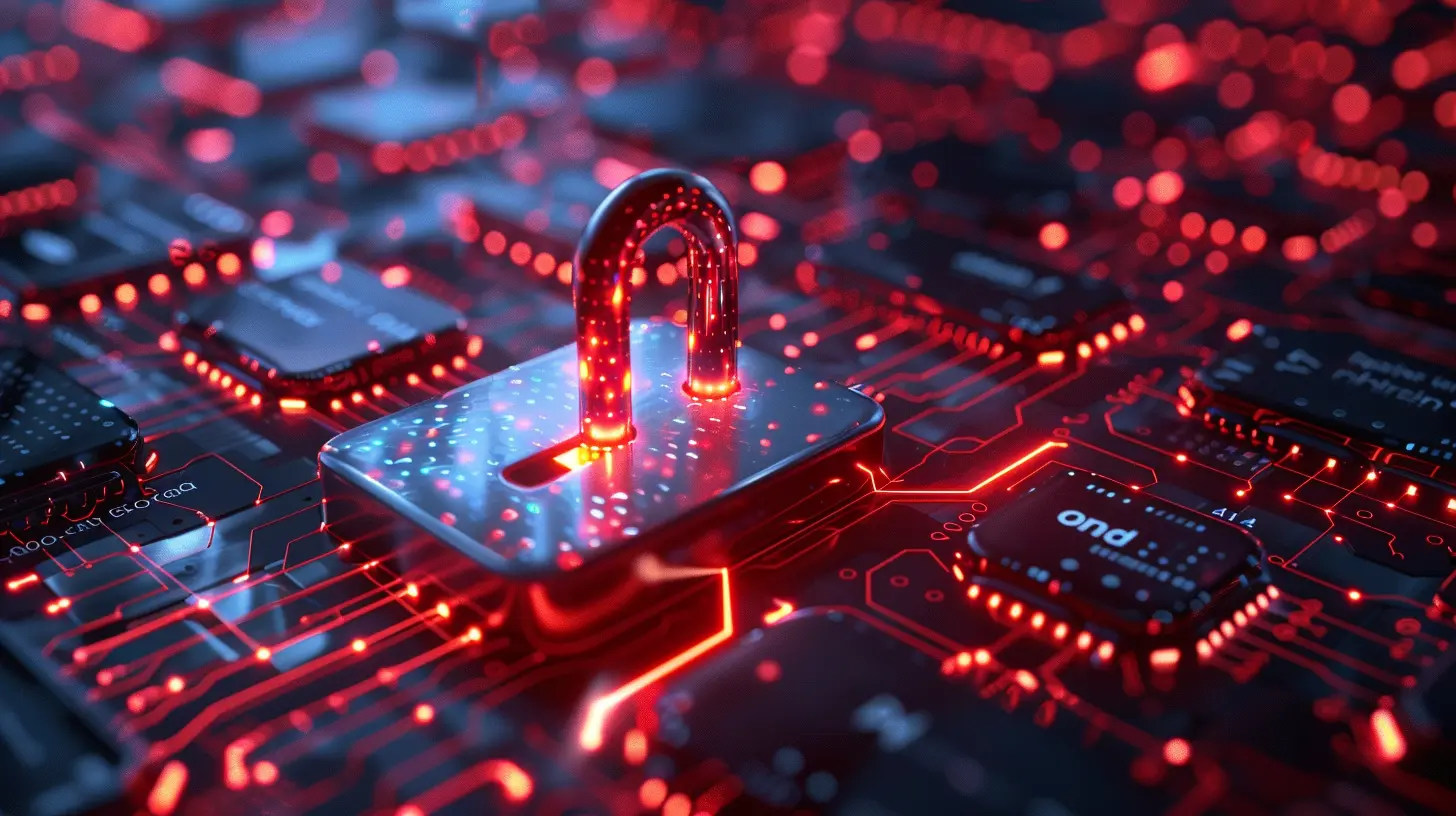
Real-World Examples of AI in Action
Still skeptical? Let’s look at a few real-life examples.- Darktrace, a cybersecurity company, uses AI to create a “digital immune system” that protects organizations by learning their normal operations and spotting deviant behavior.
- IBM Watson for Cybersecurity helps security analysts sift through massive amounts of data quickly, giving them actionable insights to reduce attack response times.
- Google’s Gmail uses AI to block over 100 million phishing emails per day, identifying and stopping threats that even humans can’t recognize right away.
These aren’t just future dreams—they’re real, and they’re working.
Benefits of Using AI in Cybersecurity
Speed
AI processes data in real-time, making split-second decisions that can prevent attacks before they succeed.Accuracy
With machine learning, AI becomes more accurate the more it learns. Over time, it gets better at distinguishing between legitimate activity and potential threats.Scalability
Whether it’s a small startup or a global enterprise, AI-based solutions scale seamlessly across environments—whether that’s on-premises, cloud, or hybrid.Reduced Human Error
Let’s face it—we all make mistakes. But in cybersecurity, a small mistake can lead to massive breaches. AI minimizes that risk by automating repetitive and critical tasks.Challenges of AI in Cybersecurity (Because Nothing’s Perfect)
Alright, let’s not sugarcoat it. AI isn’t a magic wand. There are legit hurdles.Data Privacy Concerns
AI systems need access to tons of data to function effectively. This raises concerns about how that data is used, stored, and protected. We’re trying to stop breaches—not cause new ones.False Positives
Sometimes AI can be a little too cautious, flagging legit activity as suspicious. This leads to alert fatigue, where security teams start ignoring warnings—never a good idea.Sophisticated Attackers Using AI Too
Here’s the kicker: cybercriminals are using AI as well. They’re automating their attacks, creating deepfakes, and crafting phishing emails so convincing that even AI struggles to detect them. It’s like a chess match, and both players are getting smarter.Future of AI in Cybersecurity: What Lies Ahead?
The future? It's exciting and a little scary. As AI continues to evolve, we can expect even more powerful tools that predict, prevent, and respond to threats automatically. Think of AI-driven cybersecurity as moving from reactive to proactive.Expect advances like:
- Self-healing networks that detect threats and patch themselves.
- Federated learning models that improve security without compromising user privacy.
- AI-powered deception technologies that set traps for attackers and learn from their behaviors.
Basically, we’re heading to a world where cybersecurity systems are not just protectors but intelligent partners.
Human + AI = The Ultimate Cybersecurity Dream Team
Let’s be clear: AI isn’t here to replace security professionals. It’s here to help them. The combination of human intuition and machine precision is what makes a truly rock-solid cybersecurity defense.Imagine AI as your always-on assistant, crunching the numbers, watching the network, and handing you the insights so you can focus on strategy, creativity, and response. Together, humans and AI are a force to be reckoned with.
Final Thoughts
Cybersecurity is no longer just an IT issue—it’s a boardroom priority, a CEO concern, and quite frankly, everyone's problem. With cyber threats growing smarter by the day, our defenses need to evolve just as fast.AI isn’t just revolutionizing cybersecurity—it’s rewriting the rulebook. From detecting threats in real-time to automating responses and giving security teams the edge they need, AI is changing the game entirely.
So next time you log into your email or make an online payment, remember: AI might just be the invisible shield standing between you and the next big cyberattack.
all images in this post were generated using AI tools
Category:
CybersecurityAuthor:

Gabriel Sullivan
Discussion
rate this article
1 comments
Hudson Wright
Great insights! It's fascinating to see how AI is transforming cybersecurity defenses, making them more proactive and adaptive. Excited to see what innovations are coming next! Keep it up!
August 9, 2025 at 4:46 AM

Gabriel Sullivan
Thank you! I appreciate your enthusiasm and support. Exciting innovations are definitely on the horizon!

